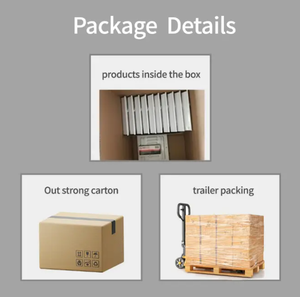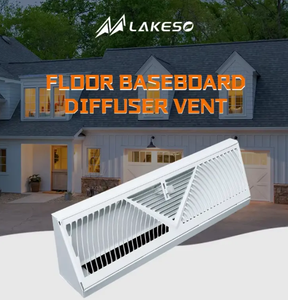Introduction to Moulding Edge
The moulding edge is an essential component in both residential and commercial interior design, serving both functional and aesthetic purposes. It refers to the decorative strip that is applied at the junction of different surfaces, such as where the wall meets the ceiling or the floor. Not only does it contribute to the overall visual appeal of a room, but it also provides a protective barrier, preventing damage to the underlying structures and hiding unsightly gaps. This detailed guide will explore the types, applications, features, and advantages of moulding edges to help you understand its significance in interior design.
Types of Moulding Edge
There are several styles of moulding edge available, each suited to different design preferences and architectural styles. The main types include:
- Crown Moulding: Often used where the walls meet the ceiling, it adds elegance and can create the illusion of height.
- Base Moulding: Also known as baseboard, it provides a finished look at the floor level while protecting against scuffs and damage.
- Chair Rail Moulding: Ideal for adding dimension to walls, it separates different wall treatments and can also guide decor elements.
- Casing Moulding: Surrounding doors and windows, it enhances their appearance and provides a seamless transition between wall finishes.
- Cove Moulding: A subtle curved edge that can soften transitions between walls and ceilings and is often used in modern designs.
Function and Features of Moulding Edge
The moulding edge serves multiple functions, making it a popular choice in both new constructions and renovations. Key features include:
- Aesthetic Appeal: Moulding edges can dramatically enhance the visual aspect of a space, providing a polished, finished look.
- Protection: They protect joints between surfaces from wear and physical damage, acting as a buffer against impact.
- Style Adaptability: Available in a variety of materials and finishes, moulding edges can complement any design theme, from classic to contemporary.
- Concealing Imperfections: Effectively hide gaps or imperfections at junctions, adding to the overall cleanliness of a design.
- Flexible Installation: Moulding edges can be custom-cut and adapted for various applications, making them versatile for different projects.
Applications of Moulding Edge
The versatile nature of the moulding edge allows for its use in a variety of applications, enhancing both residential and commercial environments. Some common uses include:
- Residential Interiors: Moulding edges are often utilized in living rooms, dining areas, and hallways to enhance visual continuity.
- Commercial Spaces: These elements are critical in offices, retail spaces, and hospitality venues, adding a touch of professionalism.
- Renovations and Remodeling: Updating an older space with new moulding can offer a fresh, contemporary look effortlessly.
- Specialty Applications: Used in custom furniture design or cabinetry to add unique character and charm.
- Event Design: Temporary installations for events can incorporate moulding edges to elevate the atmosphere and styling.
Advantages of Moulding Edge
Investing in quality moulding edges comes with numerous advantages, making them an invaluable addition to any space:
- Increased Property Value: Well-chosen moulding can enhance the perceived value of a property, attracting potential buyers.
- Durability: Made from high-quality materials, moulding edges are built to withstand daily wear and tear, ensuring longevity.
- Easy Maintenance: Most moulding is painted or varnished, requiring minimal upkeep to keep its appearance fresh.
- Customization Options: Moulding edges can be customized to fit any style, allowing for creative expression in design choices.
- Seamless Integration: They can blend in smoothly with various finishes, enhancing the overall design without overwhelming it.






















































